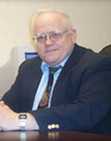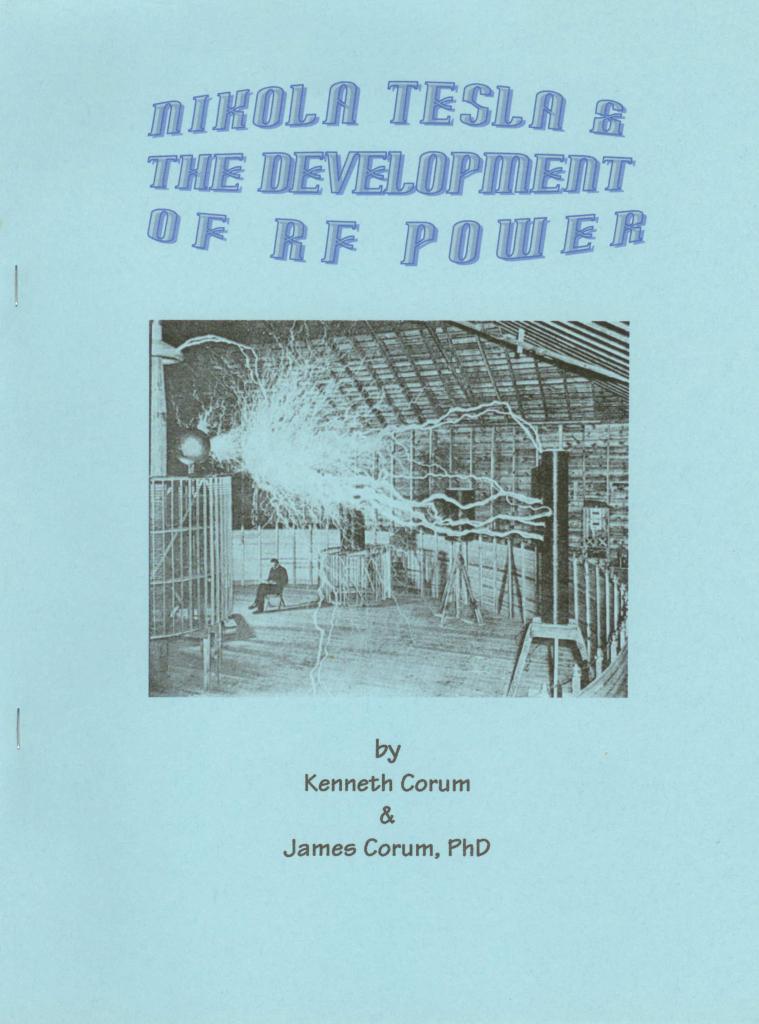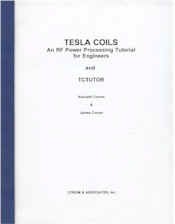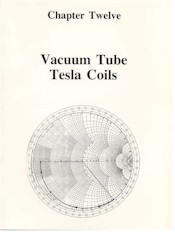For quite some time now, the authors have been involved with the analysis and experimental reproduction of the RF aspects of Tesla's work. A major portion of our effort has been to reexpress Tesla's turn-of-the-century physics into the engineering and analytical terms of today. In spite of the fact that his physical explanations often bear the mark of antiquated and faulty theory (he was laboring within the framework of nineteenth century physics), we have been overwhelmed by Tesla's intuitiveness, his careful power of observation, his uncanny experimental technique, and the accuracy of his published data. The man was a genius.
While there exist thorough, in depth, engineering studies of Tesla's polyphase AC power system and his induction motors, dating back to the investigations of Professor William A. Anthony (Chairman of the Department of Electrical Engineering at Cornell University) and Dr. Bernard A. Behrend (Vice-President of the AIEE), no such comprehensive analyses of his RF achievements exists to this day.
To be sure, Nikola Tesla was a singular individual. However, since there is such an unusual volume of sensationalized, pseudoscientific, popular literature representing him as an eccentric, bizarre, indigent, and mysterious character (such deprecations are easily challenged historically: he was, of course, none of these), let us first identify his professional qualifications and activities... - from the Introduction
Pages: 112
Publisher: Tesla Book Company
Year: 1988
Websites: www.tfcbooks.com/mall/more/499tcrf.htm
Pages: 133
Publisher: Tesla Book Company
Year: 1987
Websites: www.tfcbooks.com/mall/more/497vttc.htm





